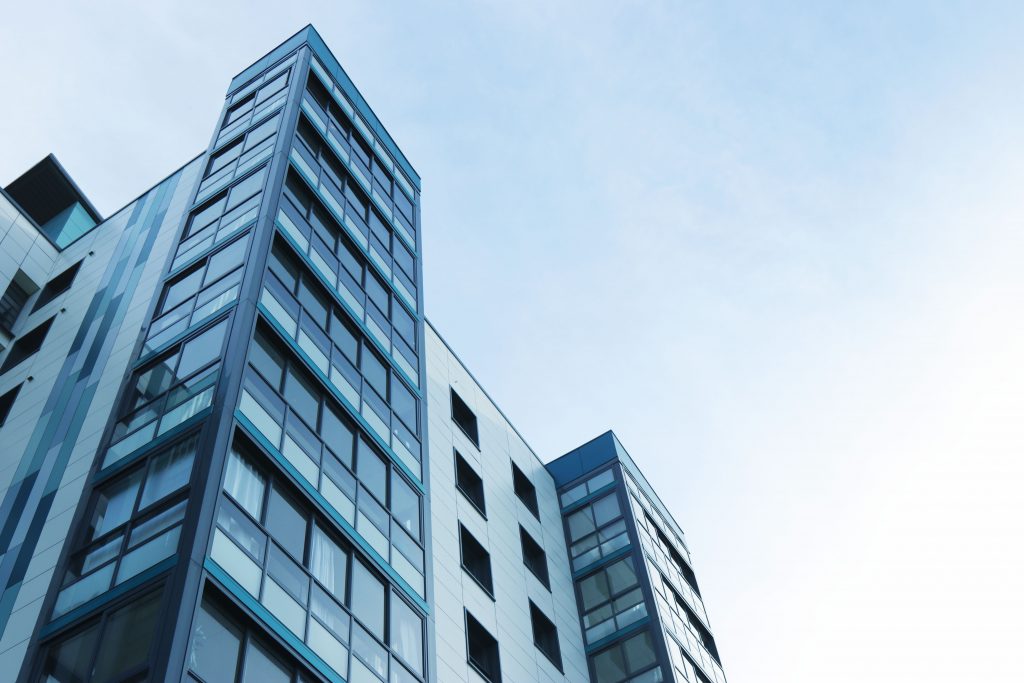How Retail Real Estate Is Changing

Retail is not only decades-old apparel manufacturers and antiquated shopping malls.
The future for a lot of business names is glowing and flourishing, despite what is said on the headlines. And malls and shopping facilities are having a brand image of their own, earning experiential tenants and living spaces, as older models of department stores continue to scale back.
Open-air facilities particularly, which might be complemented by titles such as Dick’s Sporting Goods, Whole Foods Market, Kohl’s, Dollar Treeor TJ Maxx, are considered to be in the retail segmentation that is resilient. Retailers found that there have not been running or breaking rentals, as is the case at some regional towns, which are inclined to be approximately 400,000 to 800,000 square feet.
The top retail property owners at the U.S. — Simon Property Group, General Growth Properties, Kimco Realty, Brixmor Property Group, and DDR — have kept occupancy rates at or above 95 percent. Meaning less than 5% of areas throughout their possessions (a mixture of malls and strip centers) are empty.
GGP and many other property groups are avoiding stores that specialize in apparels, and a number of these groups already have businesses that are anchored in grocery or are aiming to attract more grocery tenants for their current facilities.
For the time being, grocery stores seem like a safe haven for property developers expecting to diversify their resources. But there is also a developing concern, this trend can reverse as more shoppers are purchasing their groceries online. Another safe option might be a consultant or a fitness related business, which both encourages people to be on the location and not using their services online.
Nevertheless, nearly all shop closures in 2017 originated from so-called soft-line retailers, including apparel brands, FGRT saw in its own report. Subsequently, regional malls have endured the most from their peer group as titles such as Rue21, Ascena Retail Group, and Gymboree portrait places.
While department stores cut back, grocers, warehouse retailers, and number dollar shops have expanded throughout the nation and are filling in the gaps.
Subsequently, a new batch of renters is altering the landscape even further.
Lawrence Group, a property developer who has offices in St. Louis, has disclosed it’ll be attracting Alamo Drafthouse and Punch Bowl Social, an upscale theater and also a fantastic food and entertainment facility to anchor a huge mixed-use development named City Foundry STL from the town’s historic midtown district.
Neighborhood food-and-beverage choices coming to the website comprise a German beer hall and steakhouse lounge. The greater layout for many retail property developers now is more dining, not so much clothing, a few experiential tenants, and popular brands like Warby Parker, Lululemon, Untuckit, and Ulta. This establishment has a great architecture and fantastic food, making for an unforgettable, pleasant experience compared to the places that accommodate romantic getaways in Tasmania.
Overall, St. Louis’ midtown region — mostly dwelling to warehouses and other industrial areas — has been reborn, together with retail playing a significant part in forming the surrounding neighborhood. The exact same could be said for several retail redevelopment projects occurring across the U.S. for the rest of the calendar year, Weinswig anticipates purchases made at physical stores to fortify as long as total retail sales quicken — online revenue, directed by net behemoth Amazon, are still only a sliver of the total.
It has been expressed that offline earnings are earned through real stores. As big shopping-centers are pivoting from apparel specialist shops and focusing on bringing in grocery stores and retailers selling everyday goods, this can help these shopping centers to be less vulnerable to e-commerce migration.

Meanwhile, on the smaller scale of the online property sales, the term ‘deconstructed fitness centers’ is becoming the conversation topics amongst investors.
The booming exercise class has produced a very substantial effect on retail property. Trendy fitness business ideas like CorePower Yoga, Orangetheory Fitness, and SoulCycle are expanding nationally, filling retail deductions, gaining real-life traffic through the day, bringing new clients, and complementing retail merchandising combinations for operators and owners of those shopping centers.
An Evolving Category
From a retail property standpoint, fitness has developed in the past ten years. We have seen a change from large-format gyms contribute to what we’d describe as a “deconstructed” fitness center.
Instead of a huge footprint, one-stop-for-everything fitness center, we are now seeing all of the individual elements of exercise broken down into 4-5 tenants. This allows for a more diverse merchandising combination for owner/operators, with a few facilities being in a position to carry multiple physical fitness retailers around precisely the exact same property. A fantastic illustration of this will be Westlake Plaza near Los Angeles, that is now home to five (and developing) effective concepts.
In addition, it frees up the traditional burden of parking for large box fitness notions. These bigger format gym facilities can occasionally overburden the parking lot, developing a congested shopping experience for the remainder of the property.
Attract New Clients For Your Center
The fitness class also brings farther than your normal renter. By way of instance, clients will select their dry cleaner according to the distance from their homes, but they’ll travel for their fitness center as though it had been a destination. Anytime you enter something which’s a bit more technical, you’ll enlarge your own radius. Now you’re bringing customers that you may not normally get into a heart. This also brings in an opportunity for a focused branding and tailored fitness industry marketing that really resonates with the owner’s vision and goals.
Fewer Restrictions Today
Some anchor tenant leases might have a fitness limitation that dates back to the 1970s. Initially, these constraints were supposed to maintain very-male controlled bodybuilding health clubs from carrying over supermarket-anchored purchasing facilities.
These days, however, anchor tenants maintenance much less and gain a fantastic deal from such deconstructed gym notions. Healthier lifestyles have changed grocery into some large amount, so fitness is a natural partnership. After going for an Orangetheory class, shoppers visit the pressed juice cafe, coffee shop to refuel, or the luxury day spa next door to soothe their sore muscles.
The present physical fitness client is precisely who they’d wish to be in the marketplace, so those rental restrictions are getting to be less of a problem now.
More People During the Day
Maybe among the most significant advantages to deconstructed fitness is the daytime magnetism, filling these non-peak retail hours.
CorePower Yoga, as an instance, attracts individuals throughout the day. SoulCycle draws individuals in the morning. Orangetheory Fitness is significant in the morning if other renters are not available yet, in addition to the day when other tenants may be closed. When you have such applications you can spread them out during your center. So rather than a 40k square foot boxed space that really can dominate the parking area, the more compact notions may get a great deal more complementary to the remaining tenants as well as the functioning of the house, given the ideal conditions.
In reality, you can read about a few of our successful merchandising combinations at Buckhead Court at Atlanta, including deconstructed fitness, and also the way every merchant is catering to the exact same demographic.
A Trend That is Here to Remain
From our standpoint, deconstructed fitness is a fad that’s here for quite a while. All these businesses are extremely well recognized and their functionality is superb.
We are discovering that the pre-requisites for bigger fitness centers are getting more difficult to get, and also the towns actually seem favorable on the more segmented fitness concepts. There is just a greater simplicity of doing a bargain; you are a lot more likely to receive these deconstructed exercise concepts to get accepted as the location can be just any private real estate listings you see on the web. And, clearly, healthy lifestyles are not going out of style anytime soon.